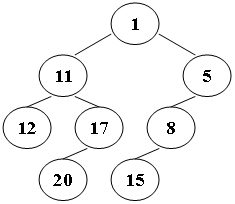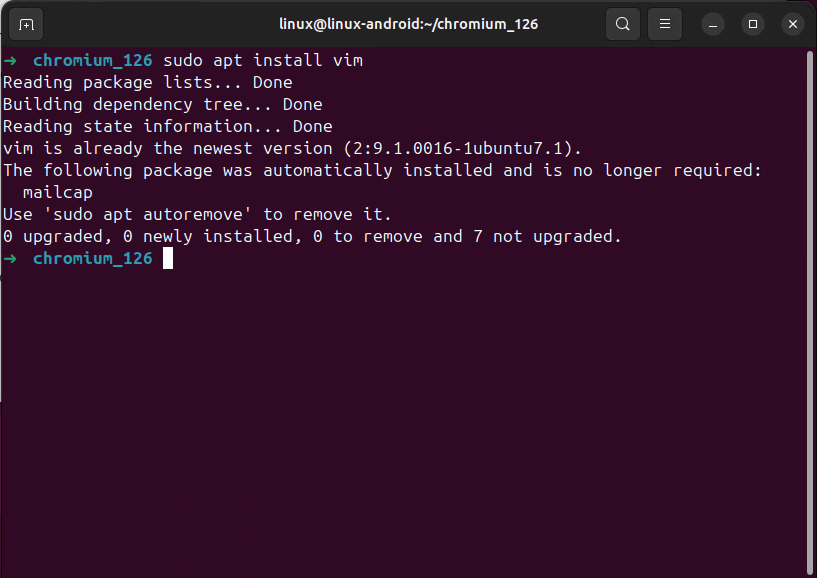假设一个二叉树上各结点的权值互不相同。
我们就可以通过其后序遍历和中序遍历来确定唯一二叉树。
请你输出该二叉树的 ZZ 字形遍历序列----也就是说,从根结点开始,逐层遍历,第一层从右到左遍历,第二层从左到右遍历,第三层从右到左遍历,以此类推。
例如,下图所示二叉树,其 ZZ 字形遍历序列应该为:1 11 5 8 17 12 20 15。

输入格式
第一行包含整数 NN,表示二叉树结点数量。
第二行包含 NN 个整数,表示二叉树的中序遍历序列。
第三行包含 NN 个整数,表示二叉树的后序遍历序列。
输出格式
输出二叉树的 ZZ 字形遍历序列。
数据范围
1≤N≤301≤N≤30
输入样例:
8
12 11 20 17 1 15 8 5
12 20 17 11 15 8 5 1
输出样例:
1 11 5 8 17 12 20 15#include <iostream>
#include <cstring>
#include <map>
#include <queue>
#include <algorithm>
#include <vector>
using namespace std;
const int N=40;
int inorder[N],postorder[N];
int n;
int depth[N];
map<int,int>l,r,pos; vector<int>res;
int build(int il,int ir,int pl,int pr)
{
if(il>ir) return 0 ;
int root=postorder[pr];
int k=pos[root];
if(il<k) l[root]=build(il,k-1,pl,pl+k-1-il);
if(ir>k) r[root]=build(k+1,ir,pl+k-il,pr-1);
// cout<<root<<" "<< l[root]<<" "<<r[root]<<endl;
return root;
}
void bfs(int root)
{
queue<int>q;
q.push(root);
int st=1;
int flag=0;
while(!q.empty())
{
int size=q.size();
for(int i=0;i<size;i++)
{
auto t=q.front();
res.push_back(t);
q.pop();
if(l[t]) q.push(l[t]);
if(r[t]) q.push(r[t]);
}
if(!flag) reverse(res.begin()+res.size()-size,res.end());
flag=!flag;
}
}
int main()
{
cin>>n;
// memset(l,-1,sizeof(l));
// memset(r,-1,sizeof(r));
for(int i=0;i<n;i++) cin>>inorder[i],pos[inorder[i]]=i;
for(int i=0;i<n;i++) cin>>postorder[i];
int root= build(0,n-1,0,n-1);
bfs(root);
// int root=postorder[n-1];
cout<<res[0];
for(int i=1;i<n;i++) cout<<" "<<res[i];
}
















![[C++][opencv]基于opencv实现photoshop算法图像剪切](https://i-blog.csdnimg.cn/direct/286df6389edf4f6488ab4692dafd3a5f.gif)

